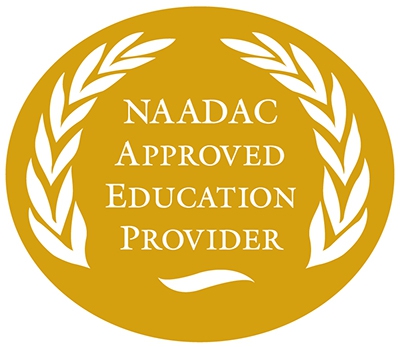
“Human communication has its own set of very unusual and counterintuitive rules.”
Malcolm Gladwell
John Maxwell and Bill Hybels defined leadership with a single simple sentence. “Leadership is Influence.” Any time you or I influence a friend, spouse, children, or co-workers in the office, we’re leading. One of the first obstacles to effective leadership is that those around you don’t always want your leadership. We will listen, and sometimes take advice. If the leader is in a formal position of authority over us, we follow their instructions. However, outside the formal relationship of positional authority, the biggest challenge is connecting with a person or audience, and creating the lasting internal drive that results in new behavior or ideas.
.jpg)
What does it take to transmit bold new ideas to people if your audience doesn’t want to hear them? Are there specific skills a person can learn to encourage others to follow them? Some research suggests the language you use can facilitate enthusiastic, energetic implementation of new ideas.
Communication is the currency of leadership, and effective language involves more than short-term, task-centric motivation and inspiration. Short-term communication tends to focus on what we can call a personal transaction. Because I need this . . . you should do that, or because I am in this position, you must perform that task.
However, when we are talking about leading others into a transformational process, our communication must go beyond social transactions. An effective leader must learn to connect with his audience, to build relationships with them so that they know you not only want something from them, but you are on their side, and that their wellbeing is included in the scope of your relationship. Leaders must learn to reach beyond transactional communication. Therefore, effective leaders and coaches develop a transformational vocabulary.
A U of M study categorized leaders into four categories, Liaise Faire, Country Club, Transactional and Transformational. While each type of leader functioned well in limited settings, across the spectrum transformational leaders were able to create consistently greater results in diverse settings. Some of the characteristics of transformational leaders include:
· They generate enduring enthusiasm for a common cause
· They present innovative solutions to solve significant problems
· They catalyze shifts in people’s values and ideologies
· They demonstrate a willingness to sacrifice personal interests for the greater good
· They intentionally develop followers who will ultimately become leaders
Transformational leaders are easier to find than to describe. It’s not that transformational leaders are elusive, but too often we assume that these leaders are created, not trained. Because all of us have influence, we are all leaders. The difference between leaders with average influence and those who catalyze transformational results around them is that transformational leaders learn how to connect with their listeners, and inspire them internally, rather than relying on positions, titles, or external control.
The next few post will investigate how a leader’s communication style affects their ability to connect and inspire. Specifically,
- How exactly do leaders communicate complex ideas and spark others into enduringly enthusiastic action?
- What words do they use to inspire others to become new leaders?
- Why do some leaders swim to the head of the school while others flounder?
This blog post is part 1 of a 5 part series.




